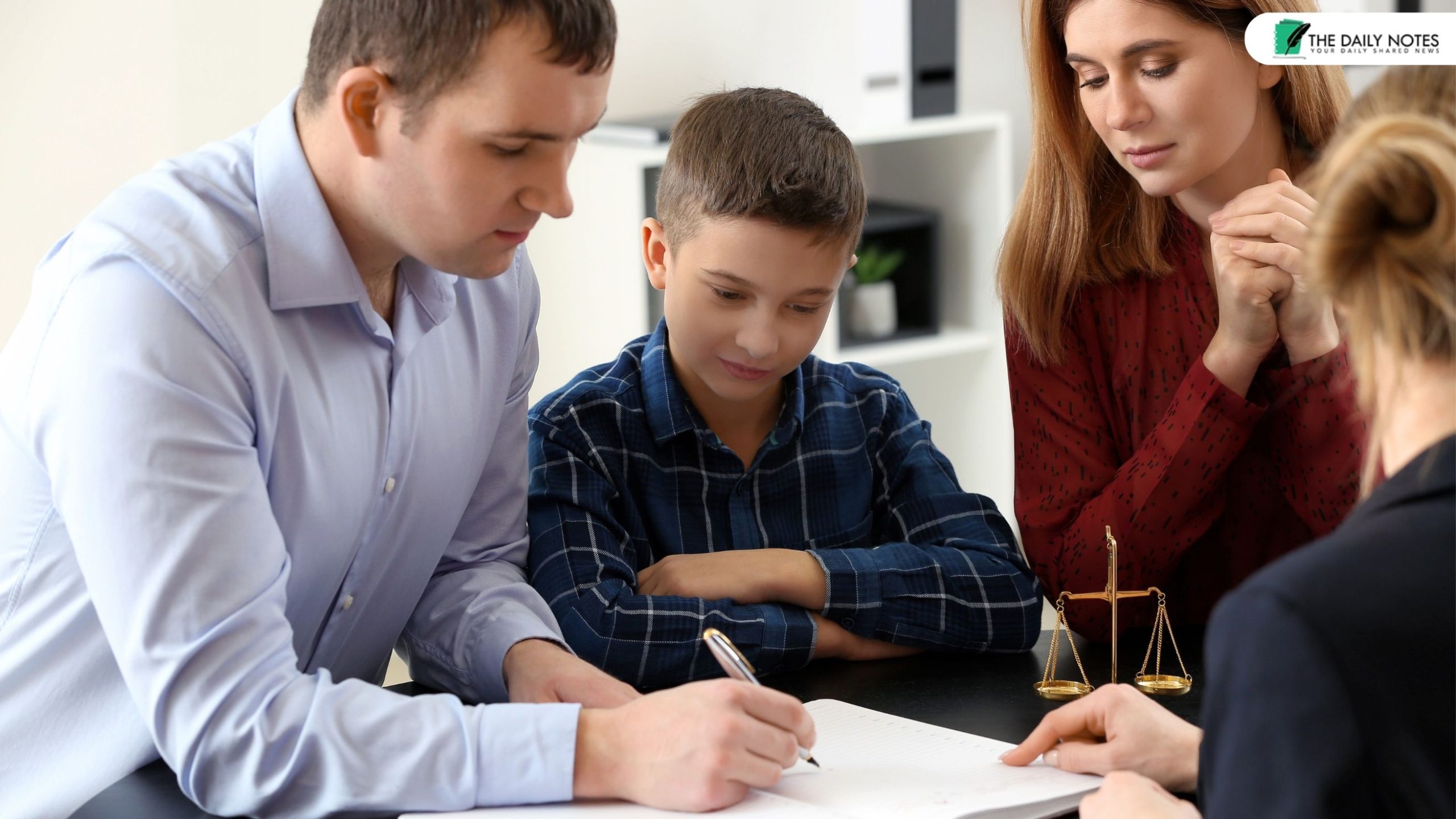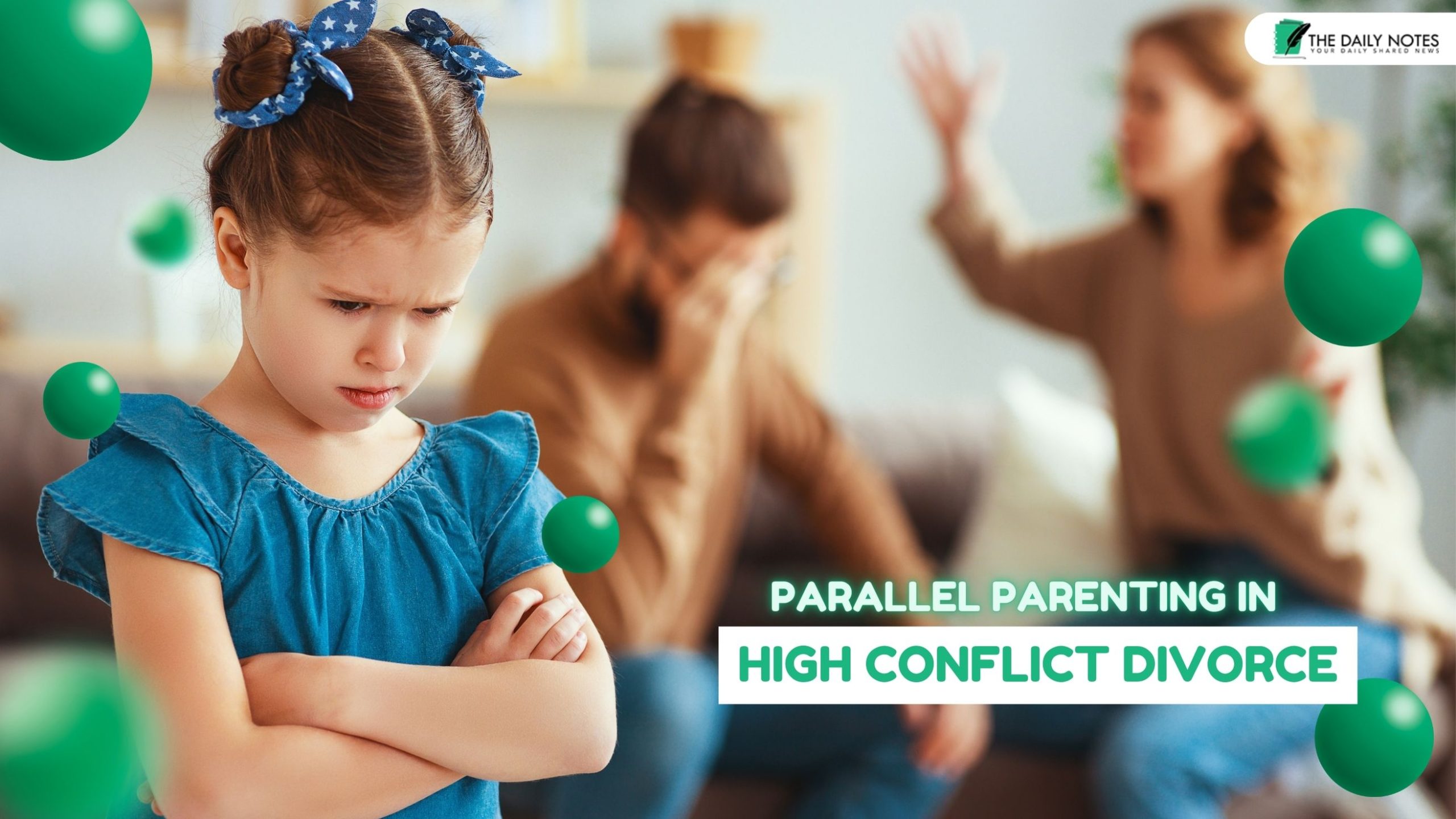Divorce is an emotionally taxing and turbulent time for both the couple and their children, and when there are high tensions and conflicts between the parents, this can have a profound negative impact on young children.
In such instances of high-conflict divorces, parallel parenting offers a form of legal agreement drawn up by family law and divorce specialists that strives to minimize contact between the parents while putting their children’s interests first.
The concept of parallel parenting will be explained in this article, together with its provisions and challenges.
Understanding Parallel Parenting

Parallel parenting is a special type of joint child custody that is only suitable for high-conflict divorcing couples. In other words, parallel parenting focuses more on reducing conflicts by limiting direct involvement of both parents to ensure better child care.
Unlike the traditional co-parenting that requires long-term collaboration with joint decision making, parallel parenting works with limited parental communication.
Transition From Traditional Co-Parenting To Parallel Parenting

Traditionally, divorces used to end with co-parenting for managing the custody of the children. However, there are many drawbacks of co-parenting that prevent the smooth management of the custody of young children.
For high-conflict divorces, co-parenting can affect the upbringing of the children. The direct communication required between the co-parents for taking care of the child’s responsibilities can trigger further conflicts.
Moreover, parents in high-conflict divorces tend to be agitated and stressed. A minor communication with their partner about the school fees of the child can instigate huge fights.
Additionally, the constant interaction between the co-parents without cooperation and trust can impact their decisions about the child’s future.
They might end up making a rash decision in the heat of the moment. This can also lead to creating a toxic home environment for the children.
Legal Guidelines For High-Conflict Divorce

High conflict divorce cases like this call for legal directions when practicing parallel parenting so as to guard the children’s welfare at all costs.
Such plans often consist of specific parenting guides, visitation schedules, as well as addressing issues that necessitate mediation. Courts are vital in the organization and enforcement of these types of agreements with the purpose of limiting conflicts.
The Importance Of Detailed Parenting Plans

The strategy of parallel parenting entails the development of a detailed parenting plan. This stipulates duties and responsibilities assigned to each parent, such as decision-making power, visiting schedule, and communication mechanisms.
It is a detailed plan that works towards eliminating confusion. Moreover, it offers clear guidelines on how each parent is supposed to operate while bringing up their children.
Visitation Schedules And Communication Protocols

Parallel parenting commonly entails predetermined visitation schedules so as to reduce contact between parents. Such schedules are like a fixed timetable for set dates that allows parents to spend time with their children. However, they do not interact with each other.
More importantly, establishing standard communication rules and doing so via email will help ensure civility in all communications. A good tool for this is parenting apps.
Dispute Resolution Mechanisms

Disputes and/or disagreements are common in high-conflict divorces. Any parallel parenting arrangements must incorporate dispute resolution methods like mediation or the adoption of a parent coordination order.
The dispute resolution strategies are designed to deal with cases of disagreement as soon as they arise. Moreover, the welfare of the children is always placed at the center of importance.
Challenges Of Parallel Parenting

Parallel parenting also has some drawbacks despite being a useful approach overall for handling high-conflict divorces. Poor communication from parents can be a hindrance to efficient decision-making and coordination. Additionally, transitioning from one household to another can be hard on children.
Furthermore, children might end up living in different environments at different times. Therefore, parents should go through therapy or counselling to overcome this challenge for their children.
The main issue with parallel parenting is that it is not a children-focused approach. Even though it helps parents resolve child custody without cooperation, it impacts the child with dual parenting from both parents.
Additionally, the limited communication between the parents prevents them from arriving at a single solution to their child’s problems. Instead, they both try their own ways to rectify the issues with their children.
Furthermore, parallel parenting lacks flexibility, understanding, and healthy communication, which impacts the parents’ decisions about their children.
For instance, the child’s preference to stay with a particular parent is ignored by the custodian law that limits the time between the two parents.
Benefits Of Parallel Parenting

Nevertheless, parallel parenting has a lot of advantages. It minimizes direct parental contact and shields the children from witnessing ongoing fights. Parallel parenting offers stability and predictability to children who have specific routines and expectations in both households.
It provides parents with an opportunity to focus on their personal parenting beliefs and norms. Furthermore, it fosters harmony between them and their children.
The Role Of The Courts

Sometimes courts order parallel parenting arrangements, with the judges being very important in deciding what the terms and conditions should be. In such high-conflict divorce cases, the court will focus on what is in the best interests of the minors and require the execution of a consent scheme.
The judges may also name experts like custody evaluators and parenting coordinators, who will offer their opinions and expertise regarding the parental issues.
Conclusion
Parallel parenting as a legal resolution targets issues associated with high-conflict divorce cases. It ensures that the parents are apart as much as possible for the sake of the child’s welfare.
It protects the child from witnessing the conflicts between the parents, which can impact their healthy physical and mental growth.
Through this kind of parenting, visitation schedules and communication protocols must be clear. However, there could be challenges, and this is where getting professional support and complying with the court order can help parents through these difficulties.
Read Also:




























